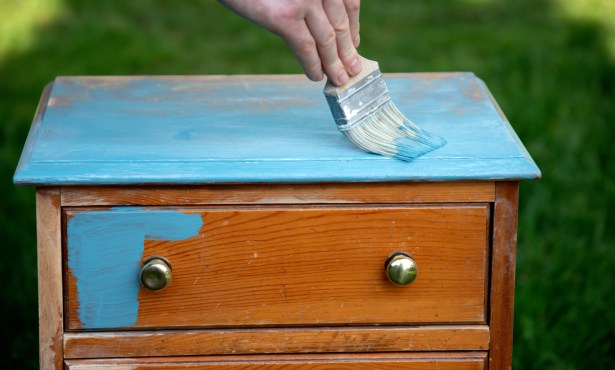Pen and Paper
Simple To-Do List Strategies
Richard Branson said, “Critical thinking is the key to creative problem solving.” Storing problems, ideas, and to-dos in your brain will hinder your critical thinking and cause stress. So if you are looking to relieve stress, then emptying your head out consistently and in a reliable place is the antidote.

When we hold information in our heads, it clutters up our thinking. Getting rid of mental clutter frees us up to focus on the important things. I have always been a pen-and-paper person. At 8 years old, I tucked a large cardboard box upside down between my bed and the wall to serve as a desk. On top, I put a big ol’ mug of random pens along with a fresh, clean notepad. I don’t remember exactly what I did there, but I do remember great when I could sit down and write in that notepad.
My love of writing things down was probably born there on Union Street in Mora, Minnesota. Fast-forward 30-ish years, and now I am a productivity coach helping others find their own groove with a pad of paper and pen.
One of the main components of my consulting business is working with people on how to get stuff out of their heads and onto paper. I help people create actionable, realistic, doable to-do lists in a way that moves them toward execution. While we have ample digital to-do list options, at the end of the day, most people end up gravitating toward paper and pen.
Technology definitely has its place in the to-do list world. The problem, however, with many of the available productivity methods and systems is that people frequently waste more time setting these systems up and figuring out how to work them than actually getting work done.
Many people, myself included, are “hybrid to-do list makers” — using a mix of paper and digital for their list system. I keep a master project list on Evernote (digital) and my weekly/daily lists on paper. This approach works well for me, but everyone needs to find what works best for themselves. Most important is to find what moves you toward action, which is the actual point of the to-do list system in the first place.
Get the top stories in your inbox by signing up for our daily newsletter, Indy Today.
The physical act of writing stimulates the brain’s reticular activating system (RAS), which processes information and gives importance to what is written down. In her book Write It Down, Make It Happen, Henriette Anne Klauser maintains that “writing triggers the RAS, which in turn sends a signal to the cerebral cortex: ‘Wake up! Pay attention! Don’t miss this detail!’ Once you write down a goal, your brain will be working overtime to see you get it, and will alert you to the signs and signals that were there all the time.”
I don’t know of a more effective alternative to the simplicity of writing a list and crossing off tasks once completed. Crossing things off might just be the best feeling in the world! Digitally clicking a box just does not provide the same feeling of satisfaction and completion.
For most, the biggest mistake when it comes to writing a to-do list is creating only one list. Think of your to-do list as a living document. Each day brings different ebbs and flows; these tides dictate continuous list updates and rewrites.
Here are my simple to-do list rules:
1. Dump your head out on the paper. Best to do it before you go to bed at night! Write down everything, and if it needs to live on another list, put it on that other list so you end with an actionable, realistic list for your day. Review that “other” list once a week to keep items moving onto your daily list.
2. Keep your list visible, handy, in front of you, and mobile.
3. Find a pen you really like to keep with your pad. Believe me, this helps.
4. Find something other than a boring yellow legal pad for your actionable list. Nothing says “don’t do this” more than a generic yellow pad.
5. Cross off as you go. Recap the day and rewrite for the next day to start fresh.
Try this for starters: Clear your head out onto a piece of paper. Let the thoughts, tasks, and to-dos flow onto the page. After you have a good list in front of you, categorize it. Break items into a master project list (requiring multiple steps; definitely won’t be done today, tomorrow, or this week) and a daily to-do list (can be realistically accomplished today).
Sara Caputo transforms how individuals, teams, and small businesses navigate workflow and increase productivity. Her work has been featured in Working Women, Success, and Forbes, as well as other national and regional publications. She can be reached at sara@saracaputoconsulting.com.
Every day, the staff of the Santa Barbara Independent works hard to sort out truth from rumor and keep you informed of what’s happening across the entire Santa Barbara community. Now there’s a way to directly enable these efforts. Support the Independent by making a direct contribution or with a subscription to Indy+.




You must be logged in to post a comment.